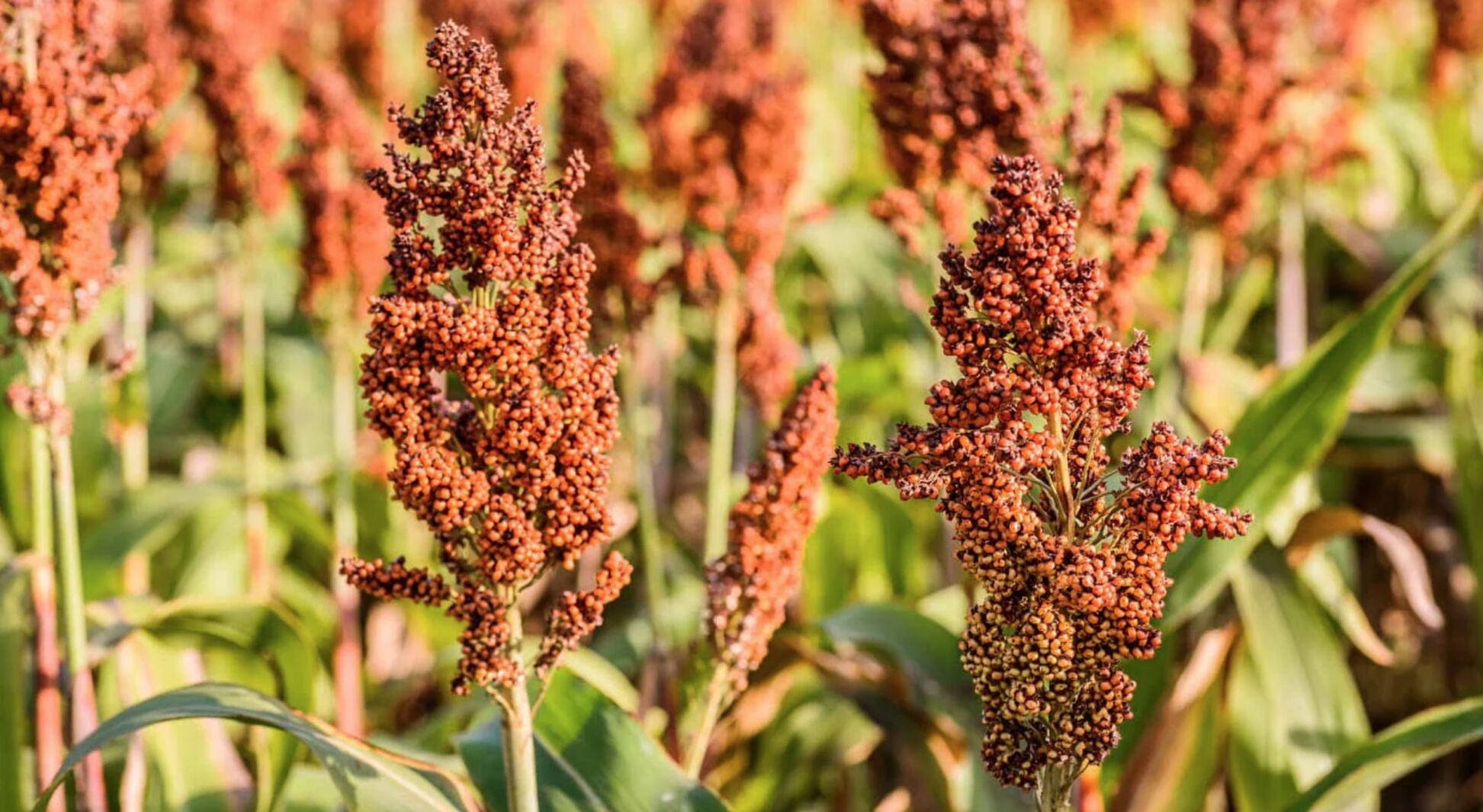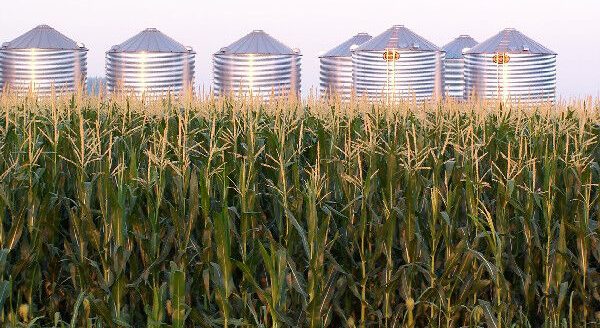Nebraska is a powerhouse in agriculture and a recent overseas marketing trip may help open another door.
Nebraska Sorghum was a participant in the Third European Sorghum Congress in France. Nate Blum, the executive director of the Lincoln-based Nebraska Grain Sorghum Board, shared his state’s story and showcased opportunities. Blum was accompanied by Kira Everhart-Valentin, sustainability director, and Florentino Lopez, international marketing consultant, with the United Sorghum Checkoff Program.
Blum has been director of the Nebraska Sorghum for three years. He believes that the European Sorghum Congress, sponsored by Sorghum-ID, offered a glimpse into the world marketplace.
One key takeaway is European companies are looking for sites where they can put in processing plants. Nebraska and the central part of the United States are ideal locations as those company officials are looking for ways to be close to where sorghum is grown plus have an advantage of lower shipping costs. The processed sorghum can be consumed in the U.S. or shipped overseas.
“What I found was eye opening,” Blum said. “I realized really quickly that they have the same challenges and opportunities we have in the United States.”
Sorghum is the fifth most common grain grown in the world. Yet worldwide the industry has some universal knowns—the need to continue market development, consumer awareness and the role China plays in world markets, Blum said.
There is a link between market development and consumer awareness on a global level. Sorghum is a healthy food and a sustainable crop. Finding the right imagery can be one way to bridge cultural and language barriers, Blum said.
In the U.S. sorghum growers know China’s interest in sorghum for animal feed and baijiu production is positive for global grain prices. Having additional marketing outlets can help mitigate market risk and add diversity to producers’ selling opportunities, he said.
Breakout sessions with processors from Europe and Africa also provided a glimpse into additional opportunities as information was shared on sorghum as an important ingredient used in vodka, rum, whiskey, cookies, cakes and pastas. Ethanol as a fuel was also highlighted in the non-food category.
Another upcoming market development mission Blum plans to attend is February’s Gulf Food Show in Dubai. The Gulf Food Show is the largest food processor show in the world.
“My primary goal is to tell the folks why should be looking at Nebraska,” he said.
The continued push for networking and making connections between sorghum growers and processors will pay dividends as sorghum has a great story to tell, he said.
Nebraska continues to show promise for producers. Nebraska farmers planted about 265,000 acres of sorghum in 2021, which is up 77% from the previous year, according to the National Agricultural Statistics Service.
“The rise of acres is primarily due to the increasing value of sorghum markets,” Blum said. “Having a dry year forecast and knowing that ahead of the planting season, we were able to get important information and resources out to the farmers as they began to make decisions for their operations. Sorghum was a good fit for many due to the drought-resistant nature of the crop and decreased input costs for seed. Those factors, coupled with good basis for sorghum, made a lot of sense to producers in 2021. Market demand for sorghum continues to increase. We believe that Nebraska farmers are leaving money on the table if they are not considering sorghum as an option in their cropping systems moving forward.”
China’s desire to buy more sorghum and a growing pet food industry have helped assure producers they could have favorable prices when it came to harvest the crop in the fall.
Sorghum is primarily grown in southwest Nebraska but it is produced as far north as O’Neill and as far southeast as Pawnee City. He likes how sorghum complements corn and soybean—two crops most associated with Nebraska.
“We’re not in a competition with corn or soybeans. On the contrary, we believe that sorghum is a good fit in cropping systems for a number of reasons. Research from Kansas State University has shown that sorghum helps to mitigate water usage, break up pest and disease cycles, and even provides an average of 8% yield increases on other crops following sorghum in rotation.”
“I’m less concerned about who gets the most acres,” Blum said “I’m more concerned about our farmers being economically prosperous. Do they have opportunities to not just engage in commodity markets but also have value added specialty markets? Sorghum is a good fit for that.”
Sign up for HPJ Insights
Our weekly newsletter delivers the latest news straight to your inbox including breaking news, our exclusive columns and much more.
The bottom line is growers need to have a profit, he said, and commodity organizations have been working together with that common mission. Sorghum needs to be managed from an input basis just like corn and soybeans and that is also a point of emphasis when he visits with growers about opportunities.
“We hold up yield as the holy grail, but if I’m a grower I need to also look at production costs and return on investment,” he said.
Grain sorghum also has potential for good yields with the newer varieties, which was part of the reason that sorghum is enjoying a renaissance.
Sorghum is seeing an increase in acreage in recent years, he said, which followed a 30-year period of general decline. At its peak sorghum was planted on 15 million acres but it fell as growers switched to corn and soybeans as center pivot irrigation technology advanced across the Plains.
Nationwide sorghum producers raised about 7.3 million acres, which was the highest plantings since 2015, according to Sorghum Checkoff CEO Tim Lust.
Blum also expects sorghum production to continue to climb.
Nebraska has an opportunity to increase its acres provided it continues to follow an added-value strategy, he said, because that attracts processors particularly those whose customers increasingly demand non-GMO, gluten-free, and sustainable alternatives. Nebraska’s central location helps lessen logistics challenges that include transportation costs. That also means an opportunity to create jobs and help rural communities.
Dave Bergmeier can be reached at 620-227-1822 or [email protected].




